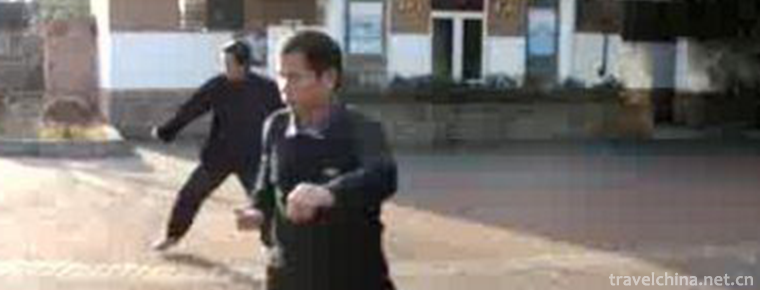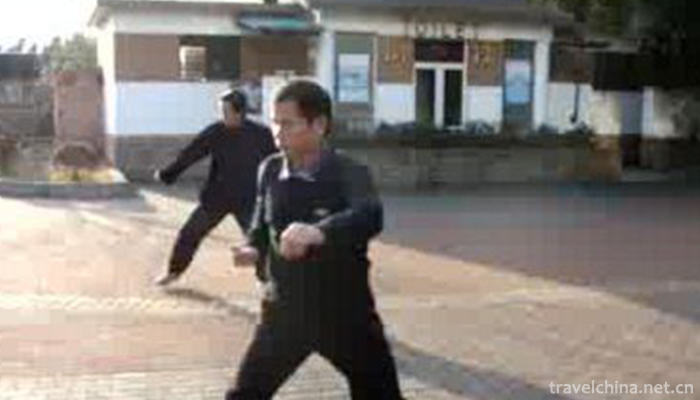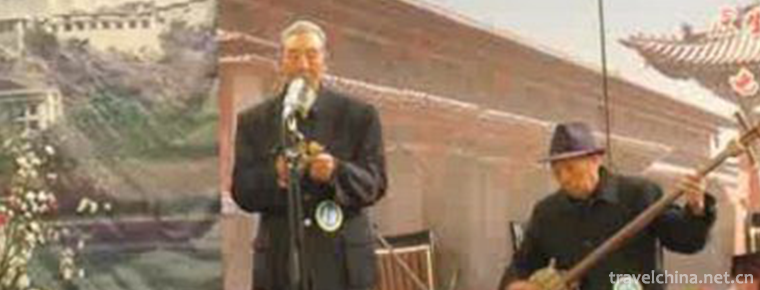2018-10-30

- By ChinaWiki.net
- Chinese Edition
- 2019-05-10
Block door La shou men
Stopper Gate is one of the traditional Chinese boxing schools. It originated in Shaolin and was introduced to Tianjin in the early Qing Dynasty. It originated in Sichuan. It was the earliest southern style of boxing. It was also said that it originated in the Chaoyang area of Guandong. Hand-blocking door is rich in content, routines and boxing, equipment and training. In addition, Tongzigong is a basic skill.
The Stopper Gate Wushu belongs to the Shaolin School. It was founded in 1650 by Li Jingang, Feng Shuibe and others under the direct influence of the Stopper Boxing and Hand Boxing. It has a history of 358 years. Stopper gate Wushu is a famous traditional Chinese Wushu event in Tianjin. It emphasizes both training and training, and both internal and external training. In Chinese Wushu, it belongs to Changquan. Hand-blocking Wushu has been handed down for eleven generations and distributed all over the world.
On May 23, 2011, the Stopper Gate was listed in the third batch of national intangible cultural heritage list with the approval of the State Council.
brief introduction
In 2010, Hedong District of Tianjin was selected as the third batch of national intangible cultural heritage, traditional sports, recreation and acrobatics category, serial number 1.
characteristic
Hand-blocking is a rare martial art in China. It combines offense and defense. When fighting, it often causes the opponent to fall or injure the internal organs of his arm. The surface of hand-blocking boxing looks comfortable and quiet, but the moment of firing is like a pistol, which can send out all kinds of long, short, horizontal and straight strength in all kinds of unfavorable angles. Its strength is strong and unpredictable, and the firing is very fast, often making the opponent lose and still do not know the handwriting.
The action of hand-blocking boxing is simple and unadorned. Besides straight strength, it has more horizontal strength, such as chopping strength, sticking strength, agitation strength, collapse strength, insertion strength, shaking strength, rubbing strength, elasticity and so on. There are seven kinds of compound strength in one move, such as sinking, brittle, sticking, loosening, wrapping, twisting and supporting.
Blocking boxing routines include boxing, blocking boxing, boxing, artillery boxing and so on. Each set of single movements should be repeated and single-handed, so that the speed, strength and conduct are naturally sophisticated. After fist drill and fist style drill, follow-up piling, arm drill, chest drill, rib drill, back drill, shoulder drill, buttock drill, leg drill, so that each part can increase strength and withstand the beating of the other side. On the basis of practicing boxing, internal work and piling, blocking boxing can be practised by two people, each using a variety of attack and defense methods. In actual combat, we should pay attention to the integration of inside and outside, focus on attack, cooperate closely from top to bottom, and keep pace fast, lively and stable.

Ask a Question
Your email address will not be published.



0 Questions